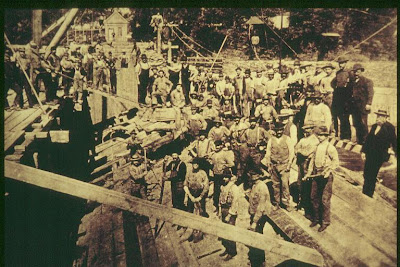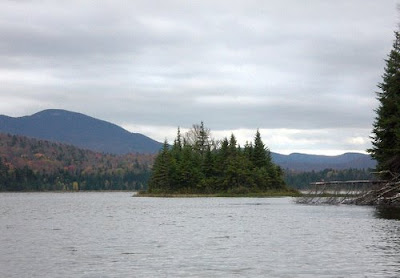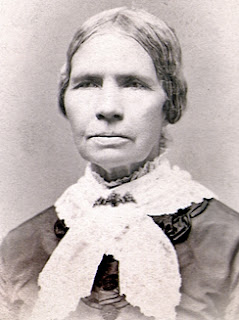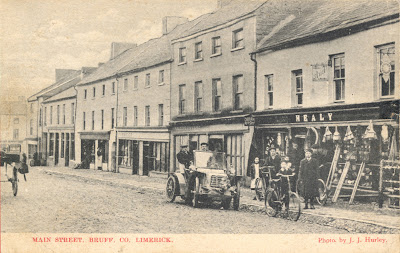
John Timothy Duhigg was born at the beginning of the great Irish Famine, on November 11, 1845 in the village of Bruff, County Limerick, Ireland. He was the first child of Timothy Duhigg and Margaret Halloran and when he was three years old they emigrated to North America. His uncle, David Duhigg, was already living in Vermont and the situation in Ireland was dire. (Image above is an illustration from the London Punch, published July 15, 1948. It portrays a poor family in Ireland and a prosperous family living abroad. The caption reads "Here and There; or, Emigration a Remedy.")
Luckily, Bruff was near the city of Limerick which was a major source of emigration into Canada due to the Timber Trade from Canada to Limerick. So outward journeys were advertised by the local timber merchant Francis Spaight & Sons - the the cost of passage was about 3 to 4 pounds. With regular wages for an Irish rural laborer at that time being 7 shillings a week, it took awhile to save up the fare, and then they had to raise the money for "Landing Fees" (a head tax on arrival) and land transportation from the port of arrival to their destination.
By the time they were ready to leave in May 1848, Timothy and Margaret had three children. They brought the oldest (John T., three years old) and the youngest (Patrick, only six weeks old) but they left their two year old daughter, Hannah with other family members.
The voyage took about 45 days and passengers had to bring their own food, water, and bedding. Berths were simple spaces consisting of wooden platforms, usually six foot square and built into the ship’s timbers on either side of the hold, with a gangway down the middle. Each adult was usually allotted one quarter of a bunk, or 18x72 inches of bed space. There was no bedding, which is why passengers were advised to get a mattress before going on board. Passengers had to do their own cooking on deck. Food was often either half-cooked or not cooked at all, since when the weather was bad they were not allowed on deck.
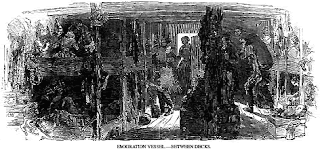 Contagious disease spread rapidly on these ships and when they docked in Miramichi, New Brunswick at the end of July, the children had both contracted smallpox. The infant Patrick was still being breast-fed, so Margaret stayed in New Brunswick with the boys while her husband and brother headed down to Boston to find work. Margaret worked in the hospital laundry to pay for her sons' care. According to the New Brunswick provincial archives, they are listed as John and Pat "Duig", they were in the hospital for 58 days, and they were "destitute."
Contagious disease spread rapidly on these ships and when they docked in Miramichi, New Brunswick at the end of July, the children had both contracted smallpox. The infant Patrick was still being breast-fed, so Margaret stayed in New Brunswick with the boys while her husband and brother headed down to Boston to find work. Margaret worked in the hospital laundry to pay for her sons' care. According to the New Brunswick provincial archives, they are listed as John and Pat "Duig", they were in the hospital for 58 days, and they were "destitute."In November, Timothy returned to collect his family and they caught the last boat out before the freeze. Timothy had found work on the rebuilding of the Holyoke Dam and he took his wife and boys to Northamptom, Massachusetts to live. They changed their names to Dewey in Northampton. Timothy's oldest son, John T. Dewey, was born in Bruff, but he grew up a quintessential American. More on his story in a future post.
A photo of the workers on the Holyoke Dam - created to bring the Industrial Revolution to rural Massachusetts:
